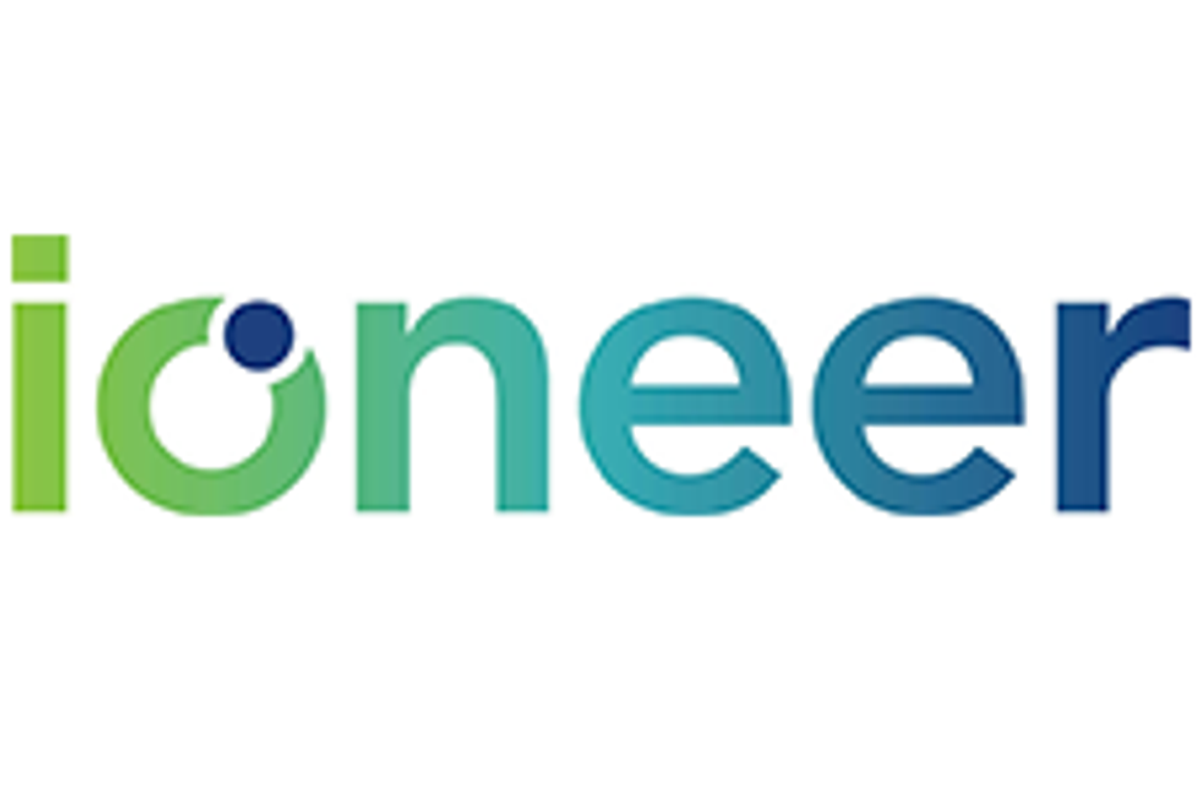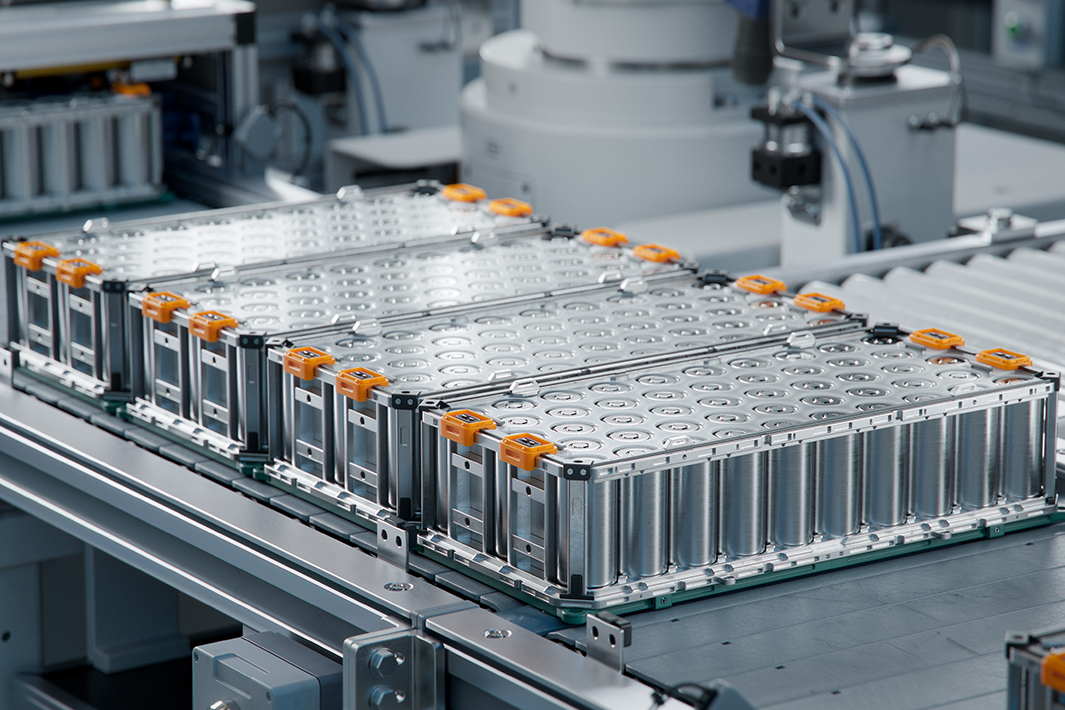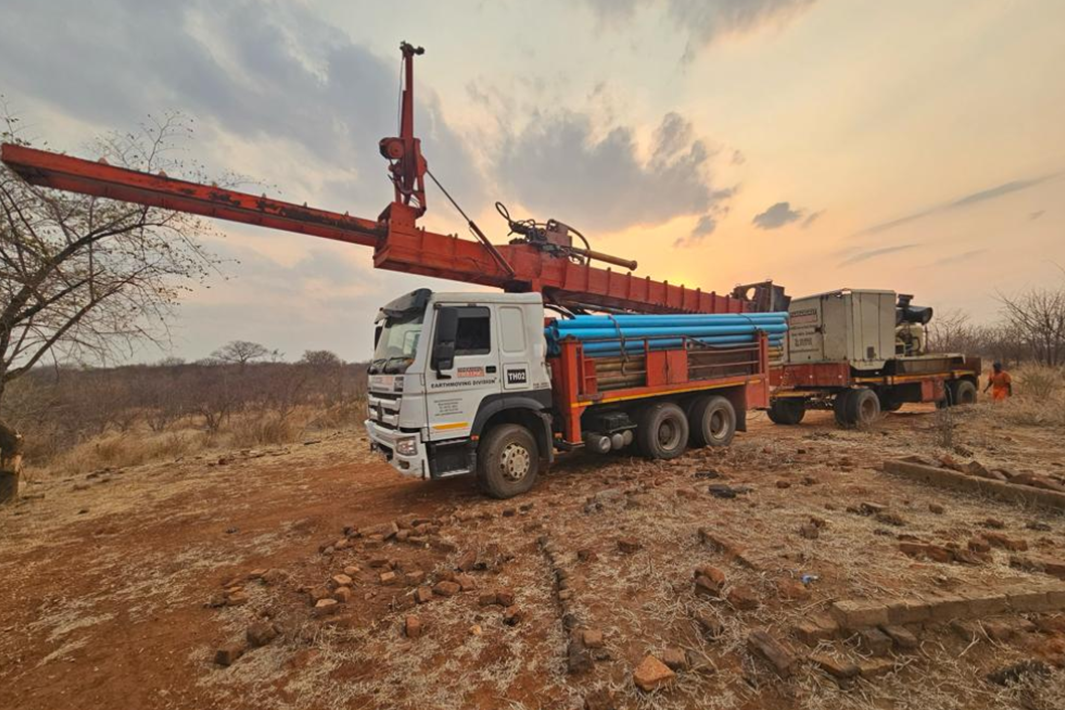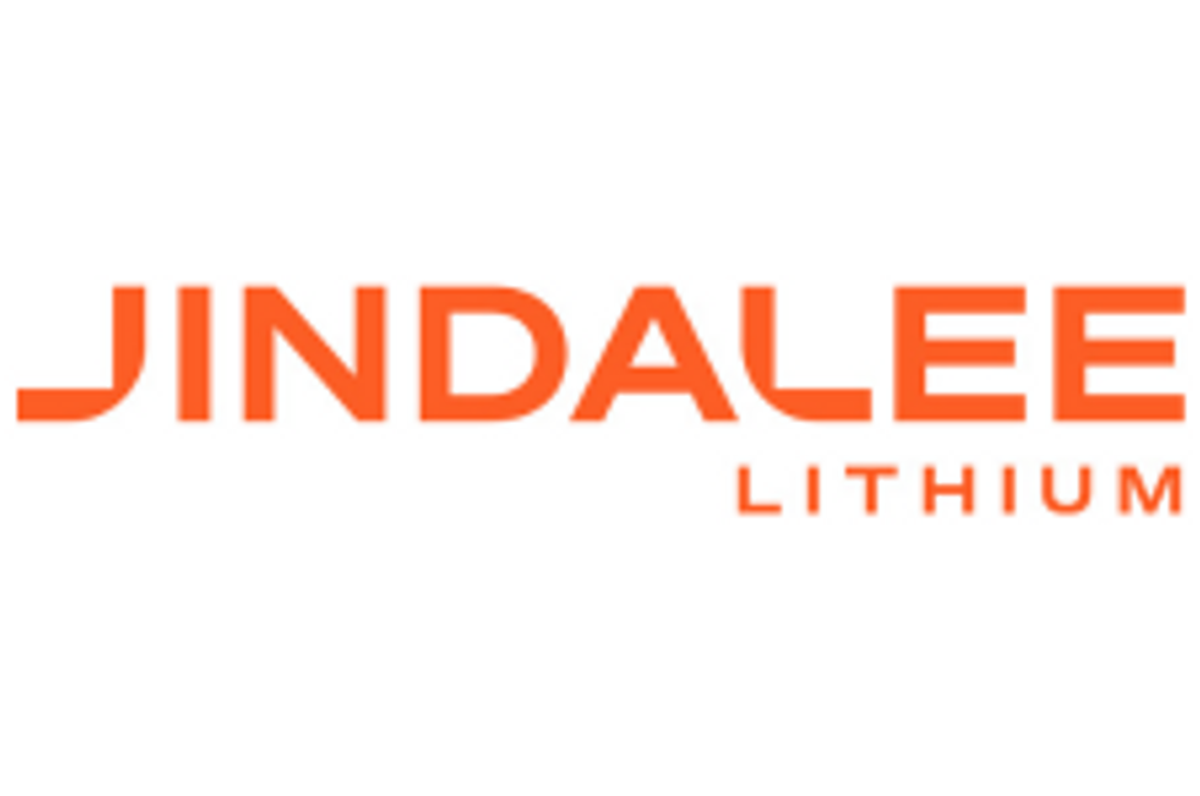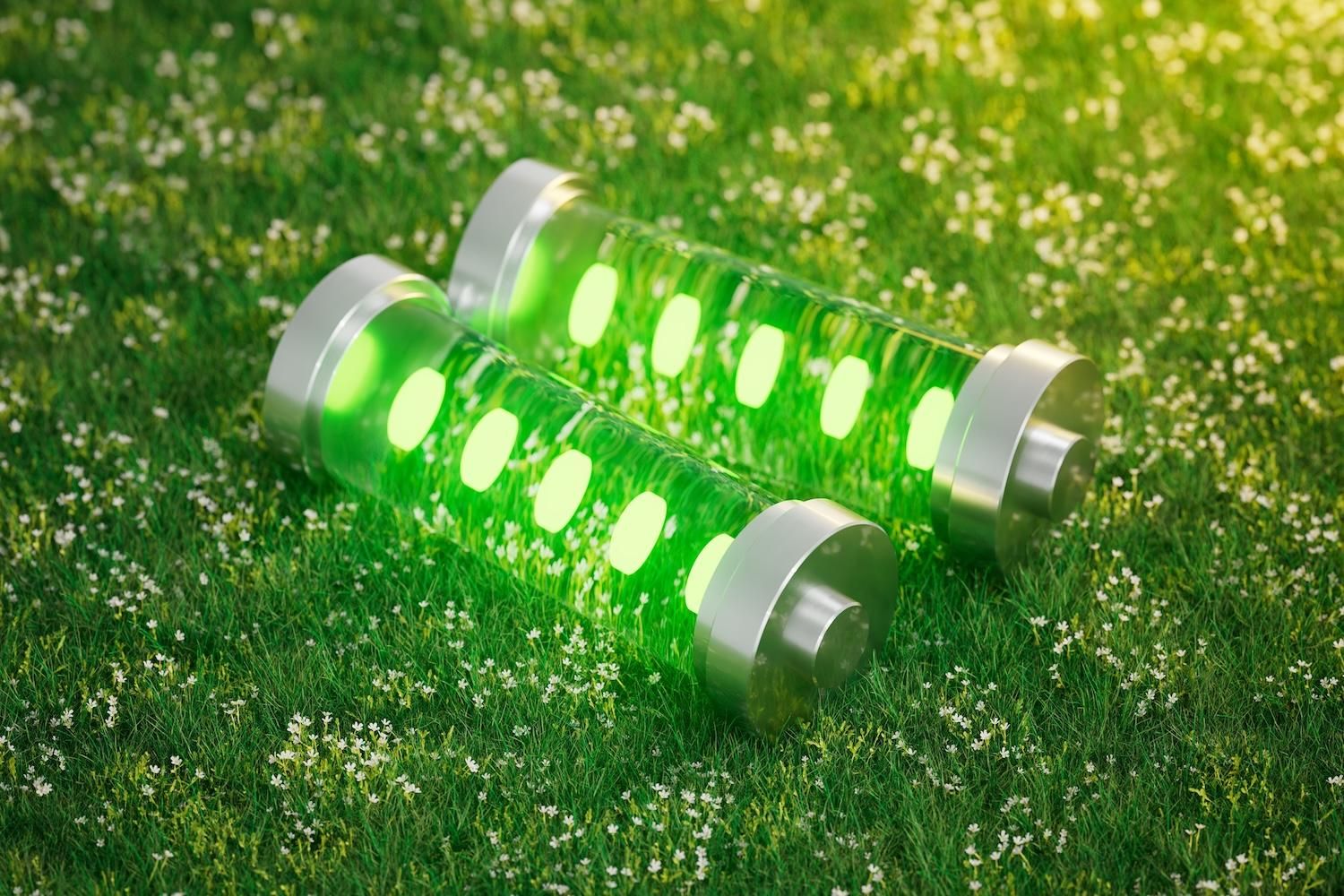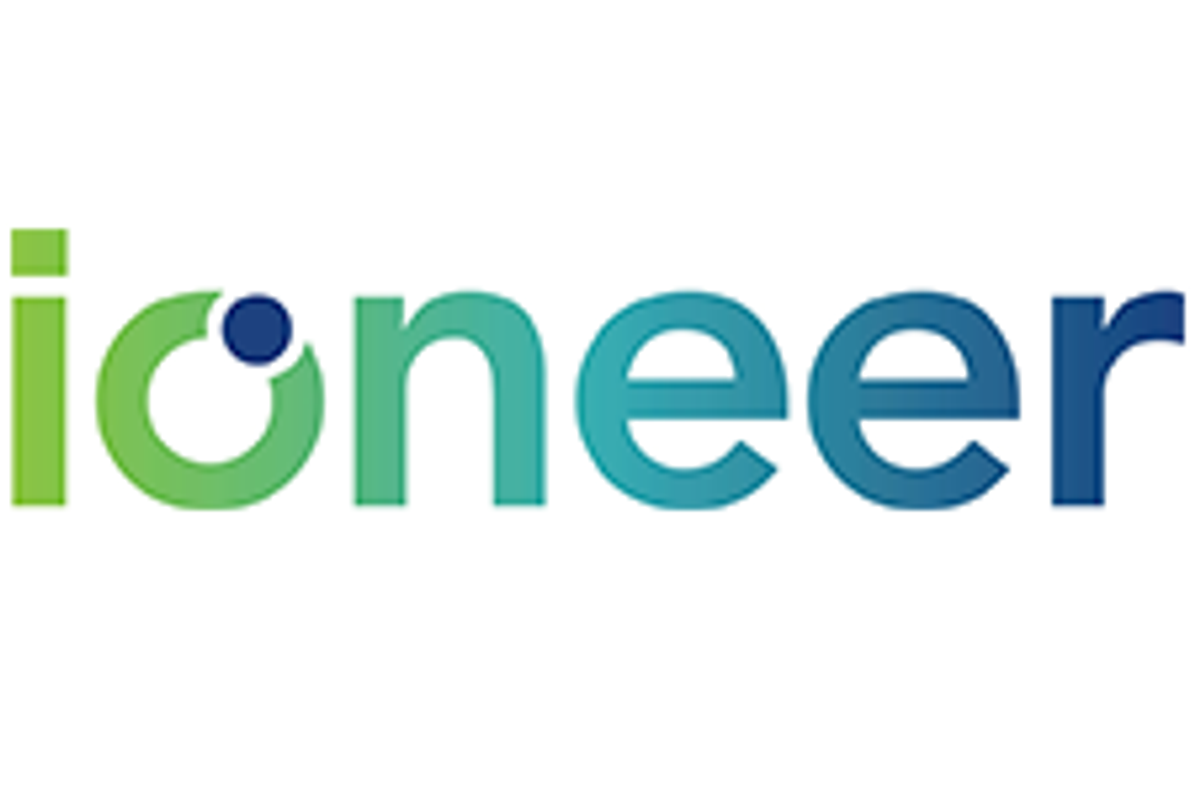
- NORTH AMERICA EDITIONAustraliaNorth AmericaWorld
January 13, 2023
ioneer Ltd ("Ioneer" or the "Company") (ASX: INR, Nasdaq: IONR) is pleased to announce finalisation of a term sheet and offer of a Conditional Commitment1 for a proposed loan of up to US$700 million2 from the U.S. Department of Energy (DOE) Loan Programs Office for financing the construction of the Rhyolite Ridge Lithium-Boron Project in Nevada, USA.
Highlights:
- The Conditional Commitment1 from the U.S. Department of Energy follows finalisation of a term sheet with the DOE for a proposed loan of up to US$700 million to develop the Rhyolite Ridge Lithium-Boron Project
- The proposed loan is to be made under the DOE Loan Programs Office's Advanced Technology Vehicles Manufacturing program for a term of approximately 10 years with an interest rate fixed from the date of each advance for the term of the loan at applicable U.S. Treasury rates
- The Conditional Commitment follows nearly two years of extensive and detailed technical, legal, and market due diligence by the DOE
- The proposed DOE loan coupled with Sibanye-Stillwater's expected equity contribution to secure a 50% interest in the Project, is anticipated to fund a substantial part of the preliminary capital expenditure estimate, representing a significant step towards a complete funding package for Rhyolite Ridge
- The DOE's conditional commitment reflects continued strong and dedicated support under the Biden Administration to develop a U.S. domestic EV supply chain
- Financial close of the loan is conditional on several achievements including a positive Record of Decision and Final Investment Decision
- Rhyolite Ridge is the most advanced undeveloped U.S. lithium project, and it is on track to provide an environmentally sustainable, long-life source of both lithium and boron for delivery into the U.S. domestic EV supply chain
Under the term sheet, the proposed loan is for an amount up to US$700 million with a term of approximately 10 years. The loan will be at an interest rate fixed from the date of each advance for the term of the loan at applicable U.S. Treasury rates.
The proposed loan is to be made under the DOE's Advanced Technology Vehicles Manufacturing (ATVM) loan program in support of the Biden Administration's critical minerals strategy. DOE has over US$50.0 billion in remaining loan authority under the ATVM program to support the manufacture of eligible advanced technology vehicles including electric vehicles (EVs), and qualifying components and materials, in the United States. Domestic processing of critical minerals, such as lithium, for use in EV batteries qualifies for the ATVM loan program3.
After commencing pre-application discussions in February 2021 regarding the DOE's ATVM loan program, Ioneer submitted an application in October 2021. The application was deemed substantially complete in December 2021 which initiated a third-party due diligence process that has been ongoing since March 2022. The Loan Programs Office has undertaken extensive and detailed market, technical and legal due diligence on both Ioneer and the Rhyolite Ridge Project. The Conditional Commitment is based on a revised Plan of Operations submitted by Ioneer to the U.S. Bureau of Land Management (BLM), now in the National Environmental Policy Act (NEPA) process, which completely avoids all direct impact and minimises indirect impact on Tiehm's buckwheat.
Rhyolite Ridge is the most advanced undeveloped U.S. lithium project, and it is on track to provide an environmentally sustainable, long-life source of both lithium and boron for delivery into the U.S. domestic EV supply chain.
The term sheet and Conditional Commitment from DOE demonstrates its strong support for the Rhyolite Ridge Project and, if finalised, the loan would be the first-ever by the DOE to provide financing for the processing component of a project where lithium is extracted and refined at site.
The proceeds from the DOE loan, along with Sibanye Stillwater Limited's ("Sibanye-Stillwater") expected equity contribution to secure a 50% stake in the Rhyolite Ridge Project once all conditions precedent for the joint venture have been fulfilled or waived, as applicable, are anticipated to fund a substantial part of the preliminary capital expenditure estimate from the revised plan of operations included in the application submitted to the DOE. Finalising the term sheet and receiving the Conditional Commitment from the DOE represent a significant step towards completing the funding for the Rhyolite Ridge Project.
The proposed loan amount is necessarily based on preliminary and partially complete information that the DOE required from Ioneer pertaining to: 1) capital expenditure for a conceptual mine plan; 2) macroeconomic cost escalation assumptions; and 3) capital expenses to meet DOE stipulated requirements for participation in the ATVM program. As a result, the proposed loan amount remains subject to negotiation and documentation of long-form agreements and various conditions and may be subsequently revised to appropriately match updated project economics leading up to financial close and upon satisfaction of several conditions, including:
- Positive Record of Decision (ROD) issued by the BLM;
- Updated cost estimate including a P85 cost contingency4;
- Updated Resource and Reserve statements and mine plan incorporating the southern extension to the deposit;
- Updated economic model based on the updated information above;
- All necessary permits; and
- Final Investment Decision (FID) by both Ioneer and Sibanye-Stillwater.
Ioneer and Sibanye-Stillwater will continue to progress work on the engineering, complete additional drilling post ROD to delineate the southern limits of the deposit where mining is expected to commence and optimize the mine plan. Based on these outcomes, an updated capital and operating cost estimate will be provided to stakeholders before making an FID.
The final loan is subject to approval of the Ioneer and Sibanye-Stillwater Boards, receipt of all material governmental consents necessary for the loan and the negotiation and execution of binding loan documents. When binding loan documents are signed, certain closing conditions must be satisfied before the loan commitment from DOE becomes effective and funds can be advanced.
Jigar Shah, Director of DOE's Loans Programs Office commented:
"Rhyolite Ridge is a major step towards bolstering domestic lithium production for clean energy technologies, and LPO is excited to further develop an environmentally responsible U.S. supply chain for critical materials."
James Calaway, Executive Chairman of Ioneer commented:
"The Conditional Commitment highlights Rhyolite Ridge's strategic role in strengthening America's critical mineral supply chain in providing a secure, sustainable, and reliable domestic source of lithium for the growing electric vehicle ecosystem."
Bernard Rowe, Managing Director of Ioneer commented:
"We are pleased to have finalised the term sheet and received a Conditional Commitment from the DOE for up to a $700mm loan from the ATVM program. The Conditional Commitment is the culmination of 23 months of discussions with and due diligence by the Loan Programs Office and it represents a significant milestone for Rhyolite Ridge. We look forward to working with the DOE and Sibanye-Stillwater to complete the remaining milestones to start construction of Rhyolite Ridge."
Neal Froneman, Chief Executive Officer of Sibanye-Stillwater commented:
"Rhyolite Ridge is a world-class lithium project which is ideally positioned to provide locally mined and beneficiated metals to further develop the U.S. battery ecosystem. The proposed loan represents a significant step towards further de-risking funding and ultimately progressing Rhyolite Ridge to production. We are encouraged by the DOE's commitment to the development of the U.S. national battery metals mining industry through supportive funding programs such as the ATVM program and the commitment of the Ioneer team to date, aimed at ensuring that this high-quality project can be swiftly advanced once the necessary permits have been granted and outstanding conditions have been fulfilled. This is a significant milestone in the development of this critical project which promises to positively contribute to reducing climate change."
"Sibanye-Stillwater's battery metals strategy is primarily focused on the U.S. and Europe in recognition of the developing need for battery metals for the transition towards greater electrification of their established automotive industries. Sibanye-Stillwater is well placed to be a supportive partner and add significant value to Rhyolite Ridge given its complementary global mining experience and expertise, including its US mining operational and project development expertise, hydrometallurgical expertise and deep relationships with automakers and automotive OEMs globally."
DOE's blog post in connection with its Conditional Commitment to Rhyolite Ridge is on the Loan Programs Office website.
Transaction Advisers
Ioneer's financial adviser is Goldman Sachs, and its legal adviser is Vinson & Elkins (US) and Ashurst (Australia).
Sibanye-Stillwater's financial adviser is Macquarie Capital, and its legal adviser is Davis Polk & Wardwell LLP (United States).
About Ioneer
Ioneer Ltd is the 100% owner of the Rhyolite Ridge Lithium-Boron Project located in Nevada, USA, the only known lithium-boron deposit in North America and one of only two known such deposits in the world. The Definitive Feasibility Study (DFS) completed in 2020 confirmed Rhyolite Ridge as a world-class lithium and boron project that is expected to become a globally significant, long-life, low-cost source of lithium and boron vital to a sustainable future. In September 2021, Ioneer entered into an agreement with Sibanye-Stillwater to advance the Rhyolite Ridge project. Following the satisfaction of all conditions precedent of the agreement, Sibanye-Stillwater will acquire a 50% interest in a joint venture, with Ioneer maintaining a 50% interest and retaining the operational management responsibility for the joint venture. Ioneer signed separate offtake agreements with Ford Motor Company and PPES (joint venture between Toyota and Panasonic) in 2022 and Korea's EcoPro Innovation in 2021.
About Sibanye-Stillwater
Sibanye-Stillwater is a multinational mining and metals Group with a diverse portfolio of mining and processing operations and projects and investments across five continents. The Group is also one of the foremost global PGM autocatalytic recyclers and has interests in leading mine tailings retreatment operations. For more information, visit our website at www.sibanyestillwater.com.
This ASX release has been authorised by Ioneer Managing Director Bernard Rowe.
Contacts:
Chad Yeftich Ioneer USA Corporation |
Jason Mack |
Investor Relations (USA) | Investor Relations (AUS) |
T: +1 775 993 8509 | T: +61 410 611 709 |
Important notice and disclaimer
Forward-looking statements
This announcement contains certain forward-looking statements and comments about future events, including Ioneer's expectations about the Project and the performance of its businesses. Forward looking statements can generally be identified by the use of forward-looking words such as 'expect', 'anticipate', 'likely', 'intend', 'should', 'could', 'may', 'predict', 'plan', 'propose', 'will', 'believe', 'forecast', 'estimate', 'target' and other similar expressions within the meaning of securities laws of applicable jurisdictions. Indications of, and guidance on, the Conditional Commitment, financing plans, future earnings or financial position or performance are also forward-looking statements.
Forward-looking statements involve inherent risks and uncertainties, both general and specific, and there is a risk that such predictions, forecasts, projections and other forward-looking statements will not be achieved. Forward-looking statements are provided as a general guide only and should not be relied on as an indication or guarantee of future performance. Forward looking statements involve known and unknown risks, uncertainty and other factors which can cause Ioneer's actual results to differ materially from the plans, objectives, expectations, estimates, and intentions expressed in such forward-looking statements and many of these factors are outside the control of Ioneer. Such risks include, among others, uncertainties related to the finalisation, execution, and funding of the DOE financing, including our ability to successfully negotiate definitive agreements and to satisfy any funding conditions, as well as other uncertainties and risk factors set out in filings made from time to time with the U.S. Securities and Exchange Commission and the Australian Securities Exchange. As such, undue reliance should not be placed on any forward-looking statement. Past performance is not necessarily a guide to future performance and no representation or warranty is made by any person as to the likelihood of achievement or reasonableness of any forward-looking statements, forecast financial information or other forecast. Nothing contained in this announcement, nor any information made available to you is, or shall be relied upon as, a promise, representation, warranty or guarantee as to the past, present or the future performance of Ioneer.
Except as required by law or the ASX Listing Rules, Ioneer assumes no obligation to provide any additional or updated information or to update any forward-looking statements, whether as a result of new information, future events or results, or otherwise.
1 A conditional commitment is offered by DOE prior to issuing a loan and indicates that DOE expects to support the Rhyolite Ridge Project, subject to the satisfaction of certain conditions including fulfilling remaining legal, contractual, and financial requirements.
2 Excludes estimated capitalised interest costs. Approximately US$700 million in advances from DOE loan is proposed to be available to fund eligible costs of the Rhyolite Ridge Project.
3 Further information about the ATVM loan program is available at https://www.energy.gov/lpo/advanced-technology-vehicles-manufacturing-loan-program.
4 A cost contingency to the base estimate to achieve a probability at the 85th percentile.
INR:AU
The Conversation (0)
16 August 2023
Ioneer Ltd.
Developing a Rare North American Lithium-Boron Deposit Crucial to Clean Technology
Developing a Rare North American Lithium-Boron Deposit Crucial to Clean Technology Keep Reading...
11 December
Mining the Gap: 5 Forces Shaping North America’s Lithium Supply Chain
A convergence of industry investments, government initiatives and a shifting global trade dynamic is creating an environment ripe for the development of a North American battery supply chain, with lithium playing a leading role. These trends are reshaping the region’s industrial base and opening... Keep Reading...
10 December
Rock Bottom: Strategic Window for Ground-level Lithium Investment
When lithium prices hit bottom, savvy investors know that’s exactly where the next big discovery begins — literally. Beneath the surface of global markets and remote exploration grounds, new opportunities are forming in the wake of a sharp price reset and renewed geopolitical urgency.Recent... Keep Reading...
10 December
Liontown Resources Pens Lithium Offtake Agreement with China's Canmax
Liontown Resources (ASX:LTR,OTC Pink:LINRF) has executed a binding offtake agreement with Chinese conglomerate Canmax Technologies (SZSE:300390) as part of its strategy to diversify its customer base.“Listed on the Shenzhen Stock Exchange, Canmax is one of the world’s leading manufacturers of... Keep Reading...
08 December
Trading Halt
Jindalee Lithium (JLL:AU) has announced Trading HaltDownload the PDF here. Keep Reading...
05 December
Livium Receives A$663k in RsD Tax Incentive Rebates for VSPC
Livium Ltd (ASX: LIT) (“Livium” or the “Company”) advises that it has received A$663,000 in research and development ("R&D") tax incentive rebates from the Australian Tax Office for the 2025 financial year ("FY25"), relating to its wholly owned subsidiary VSPC Pty Limited ("VSPC"). The rebate... Keep Reading...
01 December
Why SQM Says Social Dialogue is Key to Sustainable Lithium
As scrutiny continues to intensify across the battery metals supply chain, the conversation around sustainability has moved far beyond carbon footprints. At this year’s Benchmark Week, Stefan Debruyne, director of external affairs at Sociedad Quimica y Minera de Chile (SQM) (NYSE:SQM), made that... Keep Reading...
Latest News
Latest Press Releases
Related News
TOP STOCKS
American Battery4.030.24
Aion Therapeutic0.10-0.01
Cybin Corp2.140.00
